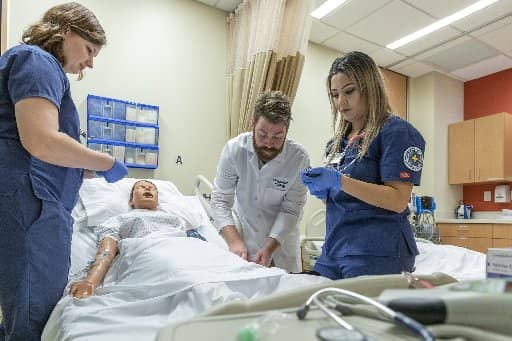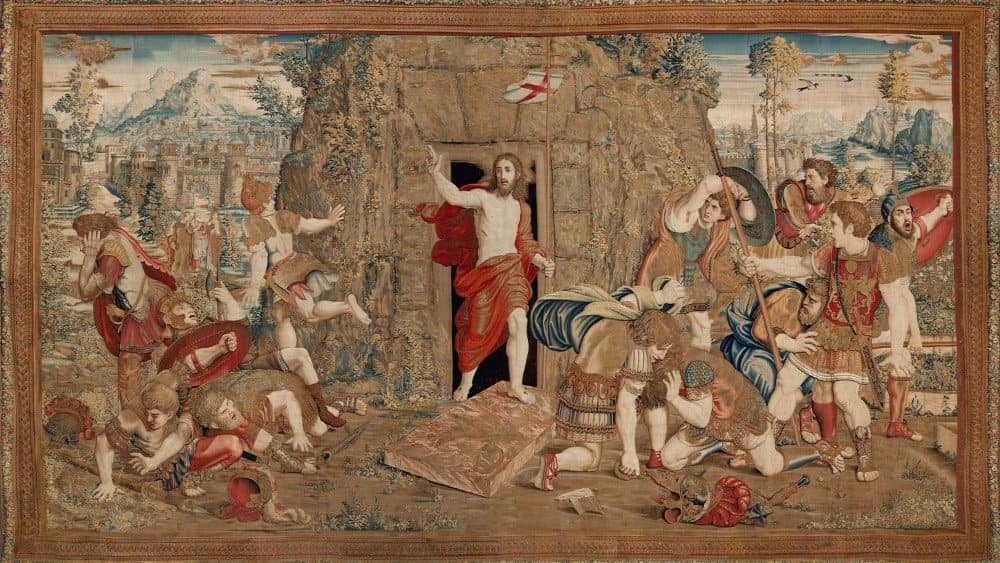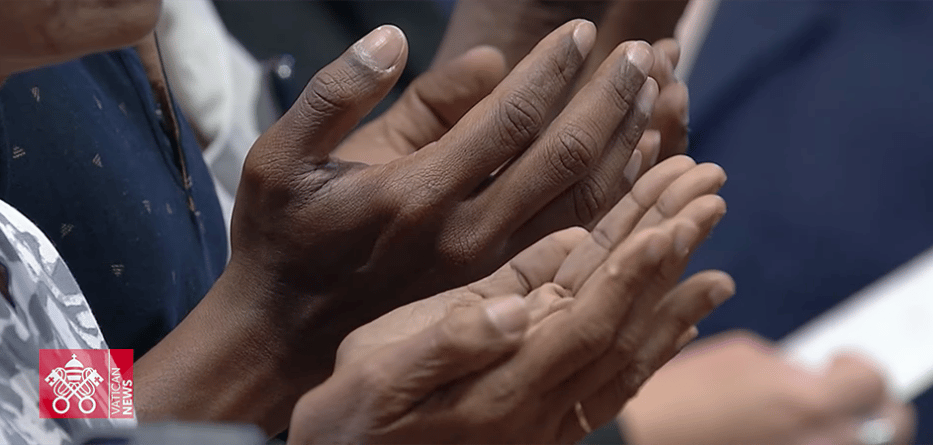As Christian believers, we are invited to an active life of prayer. As we respond to this call, the Church desires to assist us and so provides us with various prayer methods. Some of the more popular prayer methods include what could popularly be called “the top seven.”
The top seven prayer methods are lectio divina, composition of place, poustinia, the saint method, the examen, the liturgical method, and the rosary (or the komboskini in Eastern Christianity).
Lectio divina is a Latin term, even though the prayer method predates the Latin language and is one of the oldest of the prayer methods in salvation history. The expression lectio divina was given to the prayer method in later times and simply means “divine reading” or “sacred page.” The name itself gives a hint as to the heart of this prayer method. Lectio divina is all about the revelations of God, now contained in the Sacred Scriptures. Lectio divina is a deep dive into the Bible.
It is argued that lectio divina goes all the way back to the prophets, as they discerned the revelations and messages of God, seeking to understand and to interpret them. The prophet Jeremiah expresses his enjoyment of lectio divina when he declares: “Your words were found, and I ate them, and your words became to me a joy and the delight of my heart; for I am called by your name, O Lord, God of hosts.”
Lectio divina is an eating or munching on the Word of God.
In the early Church, lectio divina was an essential prayer method as the apostles and first disciples sought to understand what the Lord Jesus taught them and what he did in their midst. The noted cardinal and Jesuit biblical scholar Jean Danielou goes so far as to say that the New Testament is the lectio divina of the Old Testament. By the apostles and early teachers reflecting on the Old Testament, they could understand what the Lord had done and so eventually wrote and composed the New Testament.
From within the desert and monastic tradition, lectio divina played a pivotal role in the Church’s discernment and formulation of her teachings on the Holy Trinity, the hypostatic union of the Lord Jesus, and the understanding of the presence and identity of the Holy Spirit. As the popular saying goes, “The early Fathers learned their theology on their knees.” They were people of deep prayer. They were people of lectio divina, as they sought to understand the mystery of God.
Practically, lectio divina is when we approach the written Word of God, which is a living word. When we read the Scriptures, God is speaking to us. As we approach the Bible, we look at the Sacred Scriptures and ask the Holy Spirit to give us a portion to eat on. Oftentimes, the passage we receive is a small part or verse of the Bible.
People sometimes ask how we can know where to go in the Bible for lectio divina. What part of the Scriptures do I begin with so that God can give me a small portion to munch on?
As we know the Bible, we can direct our focus on parts that might address our concerns or situations in life. As we first encounter the Bible, however, we can simply go to the Gospel reading of the daily Mass. Every day has a Gospel reading. We just have to go to the Gospel of the day’s daily Mass and use it as a starting point.
Sometimes we might have to read and re-read the Gospel reading before a portion of the Scripture is highlighted and given to us by the Holy Spirit. On a few rare occasions, we might not be given a portion of Scripture. In such cases, the Holy Spirit might not have a direct word for us and so we can simply engage in spiritual reading of the Gospel.
When a passage of the Bible is given, we are then called to sit quietly with it, allowing ourselves to eat from it, and to allow it to get deep within our souls. We allow our souls to be marinated by that portion of the Word of God. This means a slow, gentle, rhythmic repeating of the Bible selection. As it’s spoken, a pause follows. Then the passage is repeated again and then another pause, and so on.
Lectio divina can be a few minutes, a half-hour, and hour, or longer. Some of our mystics have been in lectio divina for days and weeks. Lectio divina is like peeling the onion of Sacred Scripture and allowing its heat and freshness to burn us, purify us, awaken us, and rejuvenate our souls.
In lectio divina, we reflect, think, meditate, and munch on the written Word of God.

















